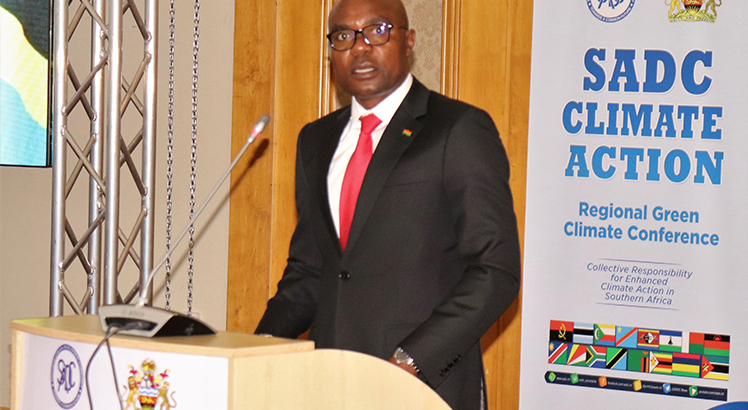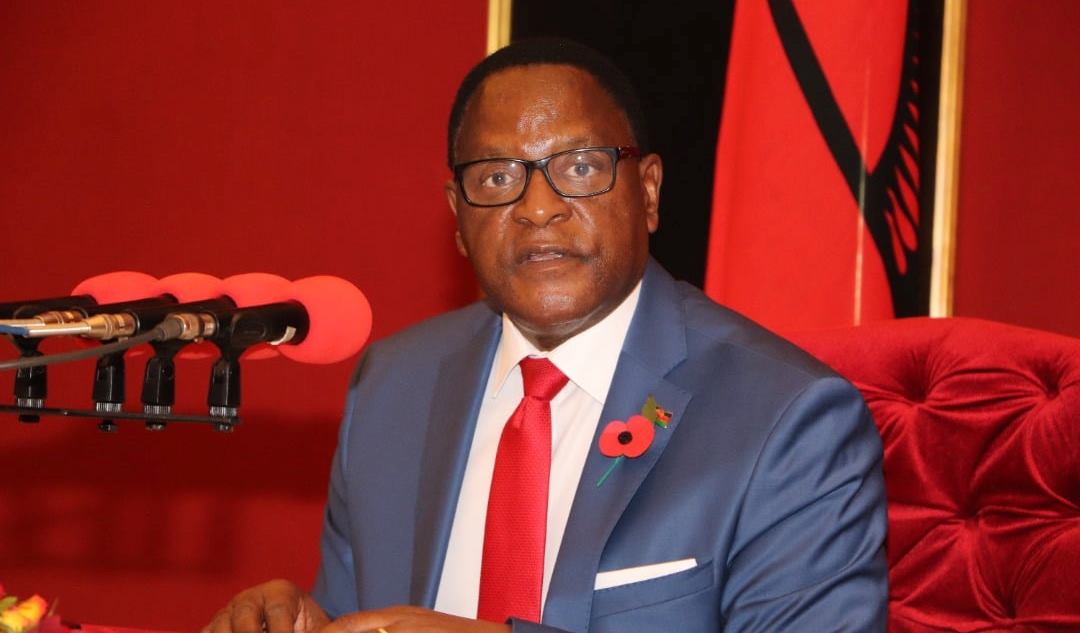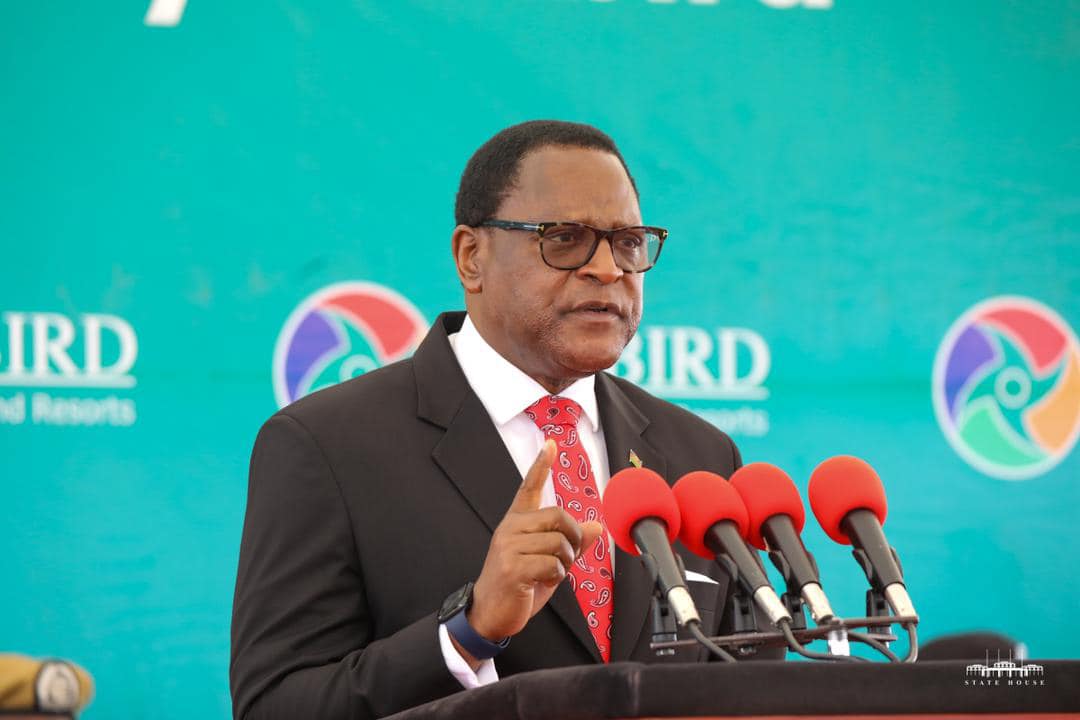‘PML seeks to increase power generation’
In January last year, Ministry of Energy indicated that seven independent power producers (IPPs), who were yet to show progress two years after signing their contracts with government, were expected to roll out their projects within the year. However, a year down the line, tangible progress is yet to be seen. Our reporter GRACE PHIRI caught up with Power Market Limited (PML) director of marketing and corporate services VILLANT JANA to find out the progress made and strides being made to improve electricity generation in the country.

from different technologies
Q1
What is the current status of the IPPs?
A1
Th ones operating included Aggreko, with a generation capacity of 78 megawatts (MW) from diesel generators in Blantyre (35 MW), Lilongwe (20MW) and Kasungu (23MW) and Mulanje Hydro with an installed capacity of 8.2MW. Aggreko is still operational yet to be decommissioned. The 78 currently being generated is supporting the current supply of power that is not enough. Government to decide on the contract of Aggreko.
Q2
What has been the progress on the other IPPs?
A2
The others include HE Power (Mbongozi Hydro) for 41MW is yet to reach a financial close. The project has not yet found a financier.
Phanes Energy Renewables Nkhotakota Limited for 21MW Solar power is in progress, the commercial, the operational date is May 2022. The project was delayed due to the impact of Covid-19, mainly due to logistics
Quantel Renewable Energy Ltd (Bwengu) for 50MW Solar Power delayed and missed the deadlines due to lack of funding, but they managed to get the financing in place in 2021 and partnered with Vidulanka Energy Company from Sri Lanka, and frontier energy is providing debt equity.
Droege Mzimba Wind Farm Limited for 50MW Windpower, Droege Monkey Bay Solar Farm Limited for 20 MW floating solar power. Both projects are yet to sign an implementation agreement (IA) and reach a financial close. For the time being, they have delayed implementing both projects due to lack of financing and reaching the financial close. They have intentions to move the floating solar project from water to land. They are yet to negotiate with PML on this change. On the wind farm, progress has been made soon they will be negotiation the IA with the government.
Q3 Anything we should expect from the IPPs this year?
A3
Yes, Malawi will be adding 44 MW to the grid note that last year 60MW was added to the grid from JCM Solar Power. Further, government, through Electricity Supply Corporation of Malawi (Escom) has managed to increase grid connection/ access to electricity to 12.4 percent from 11.4 percent.
Through PML, government has also managed to integrate 60 MW of solar photovoltaic (PV) into the national grid and started buying power from JCM Matswani Solar Corp Limited injected at Nanjoka sub-station in Salima.
PML has contracted three MW of power from the Muloza Small Hydro Power Project constructed by Cedar Energy Limited.
In the first-quarter of 2022, another 20 MW bi-facial panel solar pv power plant in Dedza Golomoti constructed and operated by JCM will be added to the grid. PML has also contracted 21 MW Serengeti Energy Nkhotakota Solar PV, which will come online by the second quarter of 2022.
The three projects will add up to 44 MW in total completed this year alone. Therefore, the three projects outlined above give us hope to pertain to the desire and declaration towards adding 1 000MW to the existing capacity by 2025.
Q4 What impact will these have on the energy sector?
A4
All these projects outlined above have increased Malawi’s installed electrical power capacity to 564MW, progressively enabling the country to meet the demand for expanded manufacturing and industrial mining activities as aspired in Malawi Agenda 2063. These initiatives will catalyse economic growth and thereby alleviating poverty in the country.
Q5
Any plans on increasing power generation?
A5
The single buyer has set its strategic objectives and goals including increasing power generation by bringing in more investments in the country with various technologies. PML also seeks to resolve payment challenges for electricity generators. Moreover, payment efficiency gains, creditworthiness, and financial resilience]. This would, in turn, create investor confidence to attract foreign direct investments. The sector will have sufficient funds to pay Independent Power Producers and create competitiveness in the power sector that will create value for money for the end-user.
Q6
Any plans on diversifying the electricity generation mix?
A6
Diversification of power generation mix: dependency on hydro Power generation concentrated on the Shire River, which with dwindling water levels seriously affects power production. Therefore, PML has plans to procure power from different technologies and reduce the contribution of hydro in the energy mix from 80 percent to 60 percent by spreading the generation sites in all regions of the country, and the country will enjoy a reliable power supply and be able to participate in the regional power market – Southern Africa Power Pool. At the point when the country has too much power Malawi will be able to export and earn forex from the exportation of power.






One Comment